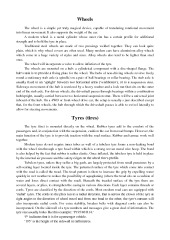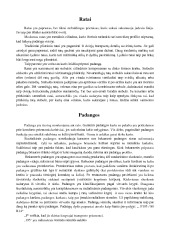Wheels And Tyres



Wheels and Tyres.
The tyre (tire) is mounted directly on the wheel. Rubber tyres add to the comfort of the passengers and, in conjunction with the suspension, cushion the car from road bumps. However, the main function of the tyre is to provide traction with the road surface. Rubber and tarmac work well together.
Modern tyres do not require inner tubes as wall of a tubeless tyre forms a non-leaking bond with the wheel rim through a tyre bead within which is a strong woven metal wire hoop. The bond is also helped by the fact that rubber is rather elastic. Once inflated, the tubeless tyre is held in place by the internal air pressure and the safety ridges on the wheel rim‘s profile.
Tubeless tyres, unless they suffer a big gash, are largely protected from small punctures by a self-sealing layer located inside the tyre. The patterned surface of the tyre which come into contact with the road is called the tread. The tread pattern is there to increase the grip by expelling water quickly in wet weather to reduce the possibility of aquaplaning (where the tread sits on a cushion of water and loses direct contact with the road). Beneath the treaded surface of the tyre there are several layers, or plies, to strengthen the casing in various directions.
- Automotive Description
- Microsoft Word 20 KB
- 2016 m.
- English
- 6 pages (1412 words)
- College
- Simonas
















